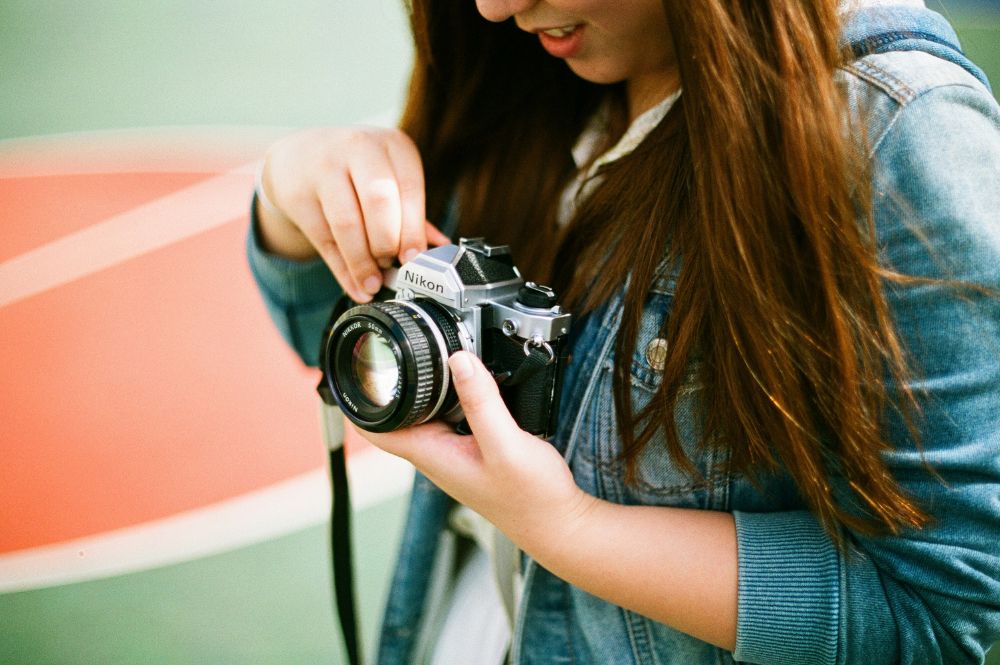
Handing a child a camera and inviting them to photograph people—especially faces—may seem like a small thing. But portrait photography trains far more than just technical skill. It invites children to connect meaningfully with others and see details others might miss. Teaching kids portrait photography encourages them to slow down and truly notice the world. It builds patience, sharpens observational skills, and sparks creativity as they capture the unique stories behind every face.
My Experience Becoming a Photographer
I picked up my first DSLR camera when I was in my late teens, and instantly fell in love. It was the first art form I was naturally good at, and I couldn’t get enough.
Over the next few years, I taught myself and honed my craft by reading technical books, drawing inspiration from photo blogs, seeking advice from photographer friends, and practicing almost every day.
I learned to use Adobe Photoshop and Lightroom, and I kept a personal blog (those were the days!). My husband and I even met through a photography blog we were both contributing to. Eventually, I felt confident enough to pursue it professionally, and I shot many portraits, families, conferences, and weddings.
Photography became a big part of my life.
I knew nothing when I first started, but I learned a wide range of skills along the way. The desire to create beautiful images drove me to learn more, take better photos, and share my skill with others.
Over time, I discovered that it takes a whole lot more than understanding the technical side of photography in order to take truly great photos.
I learned how to capture emotion, how to wait patiently for the perfect shot, and how to tell heartfelt stories. I learned how to choose the exact moment to press the shutter button to get the best expressions. As I sat with brides to discuss their wedding day, I learned how to listen closely and bring their vision to life. By staying aware of my surroundings, I learned to anticipate moments I would have otherwise missed.
Photography teaches lessons like these—and so many more.
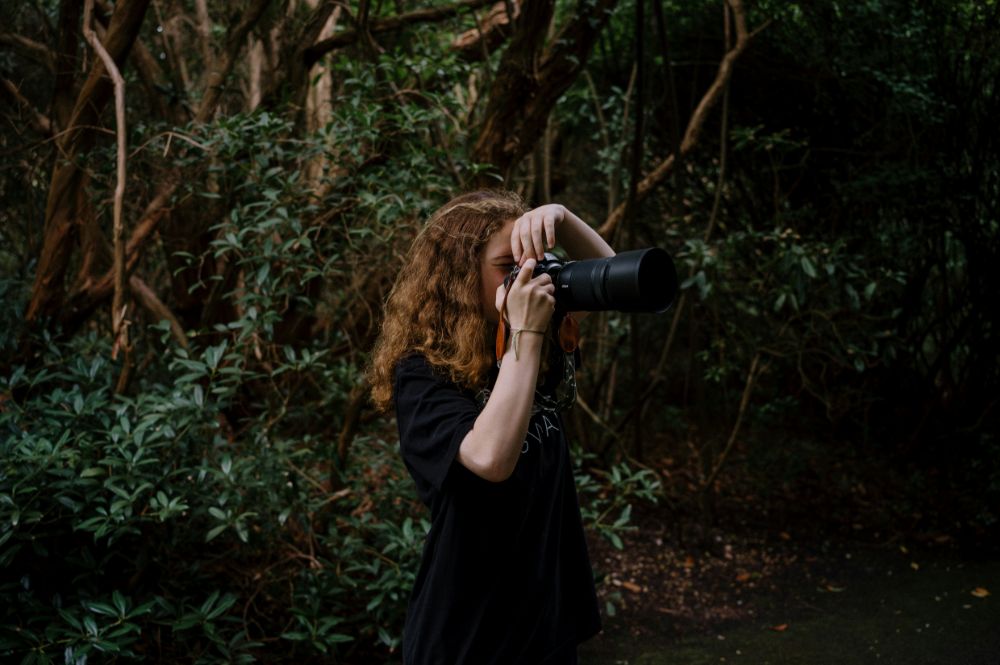
Photography Teaches Patience
As with most skills, photography takes time and patience to learn. There’s a lot of trial and error involved, even for those who have a knack for it. It takes time to understand how the settings on your camera work. It takes experimentation to understand how aperture, shutter speed, ISO all work together to create different results.
In my experience, being a click-happy photographer doesn’t get you the results you’re looking for. Taking lots of photos at random might actually mean you miss the best shot.
In many ways, photography is about waiting—waiting for the right light, the right moment, the right expression. Kids will learn that a good photo often takes time, a little planning, and a willingness to try again. This kind of slow, steady practice is a gentle way to build patience and persistence—qualities that reach far beyond photography.
Photography Sharpens Observational Skills
Photography sharpened my observational skills in a big way. I began seeing things I never paid attention to before—tiny details in nature, new perspectives, and subtle shifts in light. Portrait photography taught me to notice the things that make people unique.
Capturing a person well requires more than just pointing the camera—it invites you to slow down and really see them. Before pressing the shutter, a child must really look. Are the eyes in focus? Is the background cluttered? Is the person smiling naturally?
Learning to see these little things strengthens a child’s attention to detail. Over time, photography becomes less about the camera and more about noticing what’s already there—light, color, expression, and feeling.
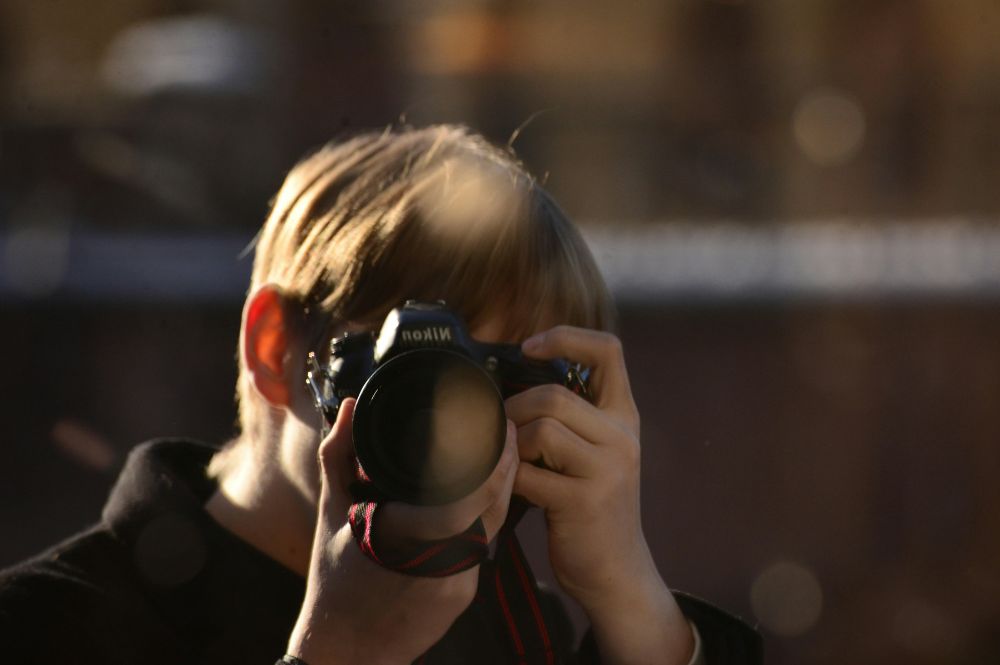
Photography Encourages Creativity
As a child’s understanding of how to use a camera grows, so does their creativity and enjoyment. Photography gives children freedom to experiment—trying out different angles, backgrounds, lighting, and props to shape each image in a way that feels expressive and personal.
With each photo, they’re learning not just how to use a tool, but how to see and create something meaningful. It’s a creative outlet that blends art with real life and empowers them to tell visual stories in their own style. There’s no single “right” way to do it—and that’s part of the fun!
Photography Enhances Empathy
Portrait photography helps a child practice empathy in a real-life, purposeful way. It teaches them to treat others with care and respect. For some kids, this comes naturally. For others, it’s a skill that develops gradually and takes more practice.
To take a natural portrait, a child has to consider the person on the other side of the lens. How are they feeling? What might help them feel more comfortable? What can I say that will bring out their best smile or expression? It’s a thoughtful way to see and care for someone else.
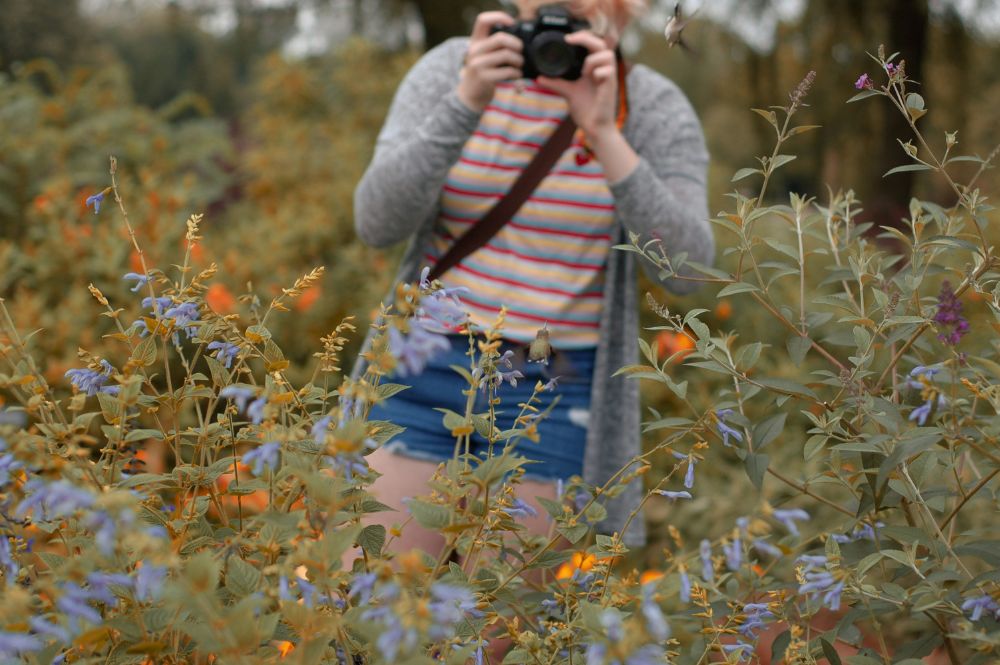
Teaching Kids Portrait Photography: Skills That Stick With Them
Teaching kids portrait photography is about so much more than f-stops and shutter speed. It’s an invitation to observe closely, create freely, and connect with others in a thoughtful way. Whether they’re photographing a sibling, a grandparent, or a friend, your child is learning to see people—and the world—with greater attentiveness and kindness. And those are skills worth nurturing!
In a world that moves quickly, this kind of slow, intentional seeing is a gift. It teaches kids to pause, pay attention, and find beauty in the ordinary. These are valuable habits that will stay with them for life.
Why not hand your child a camera today and invite them to slow down and really see the people around them? You might be surprised at the stories they capture—and the skills they develop along the way.
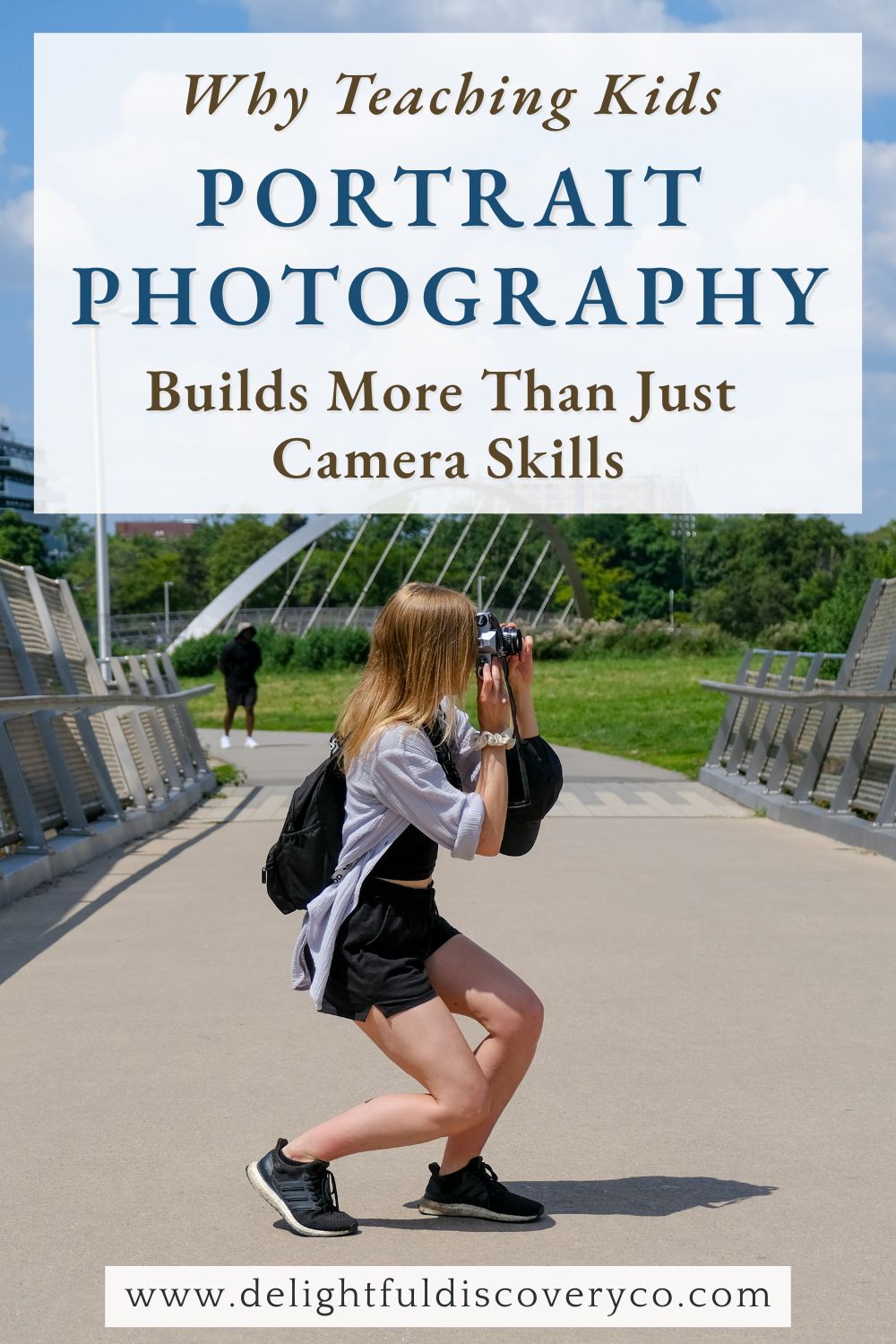

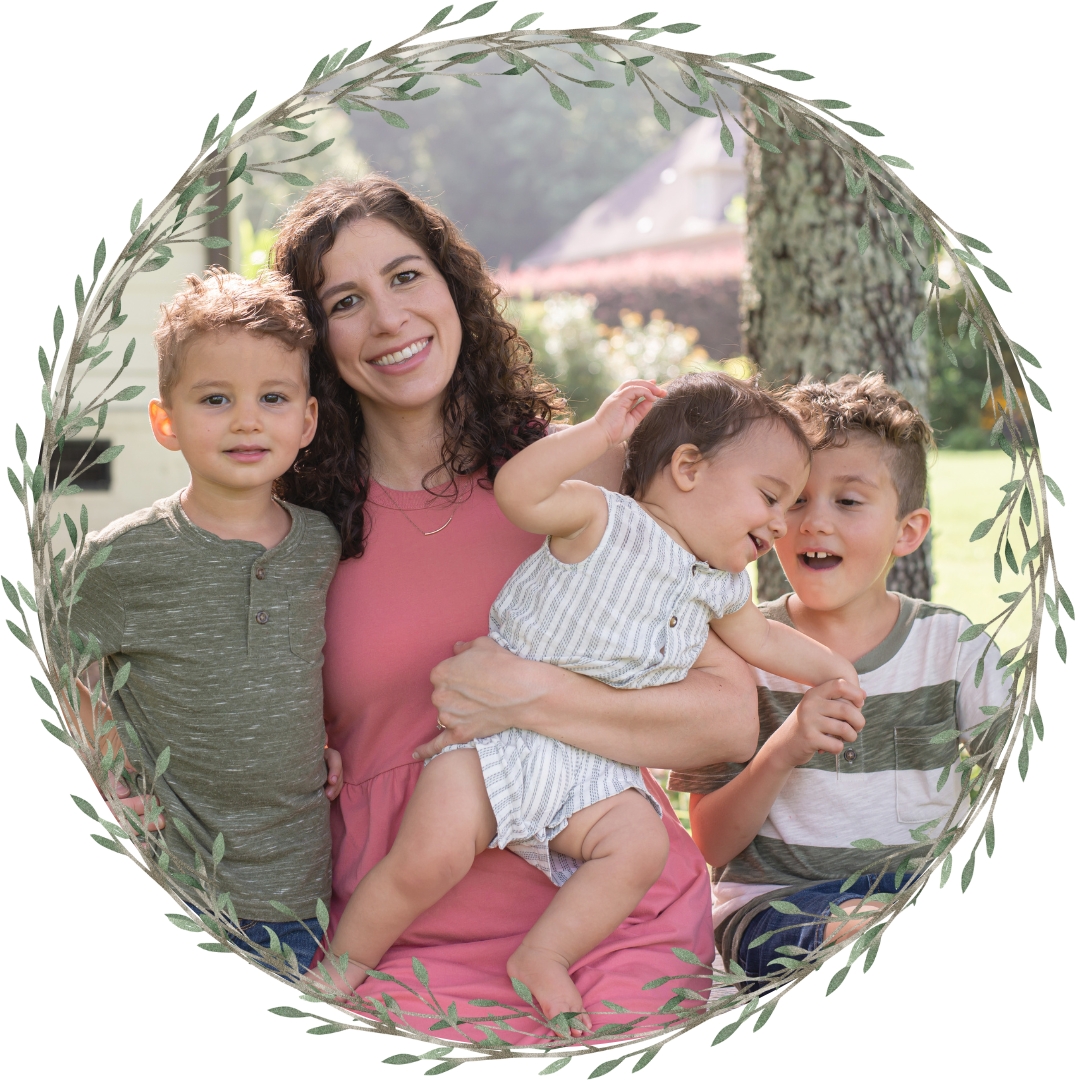





0 Comments